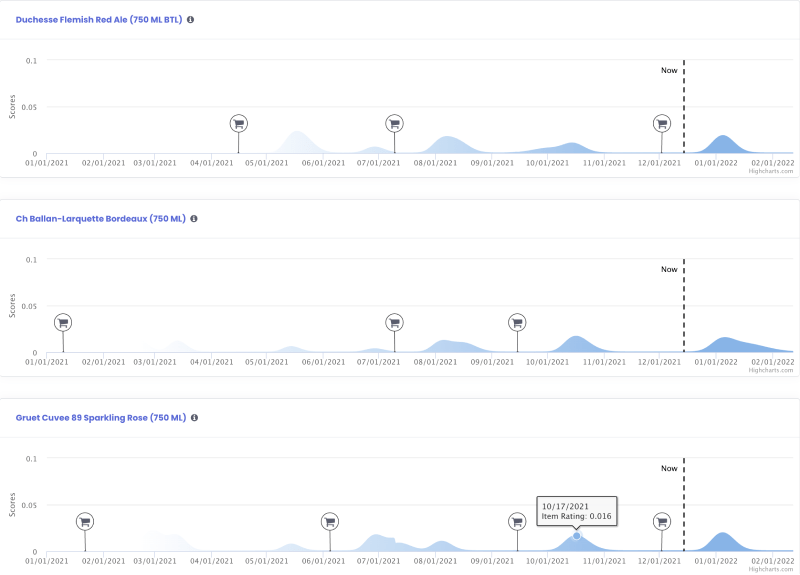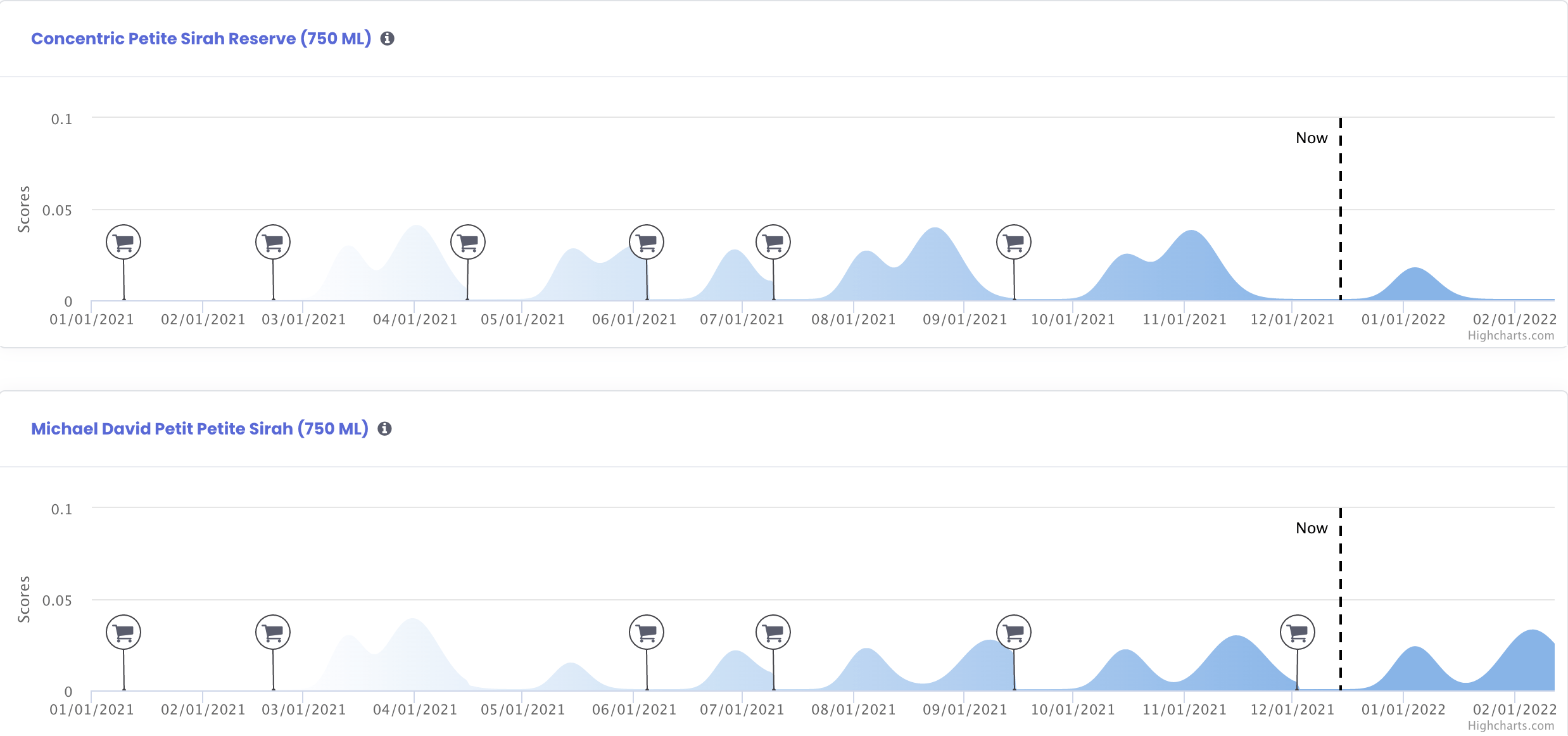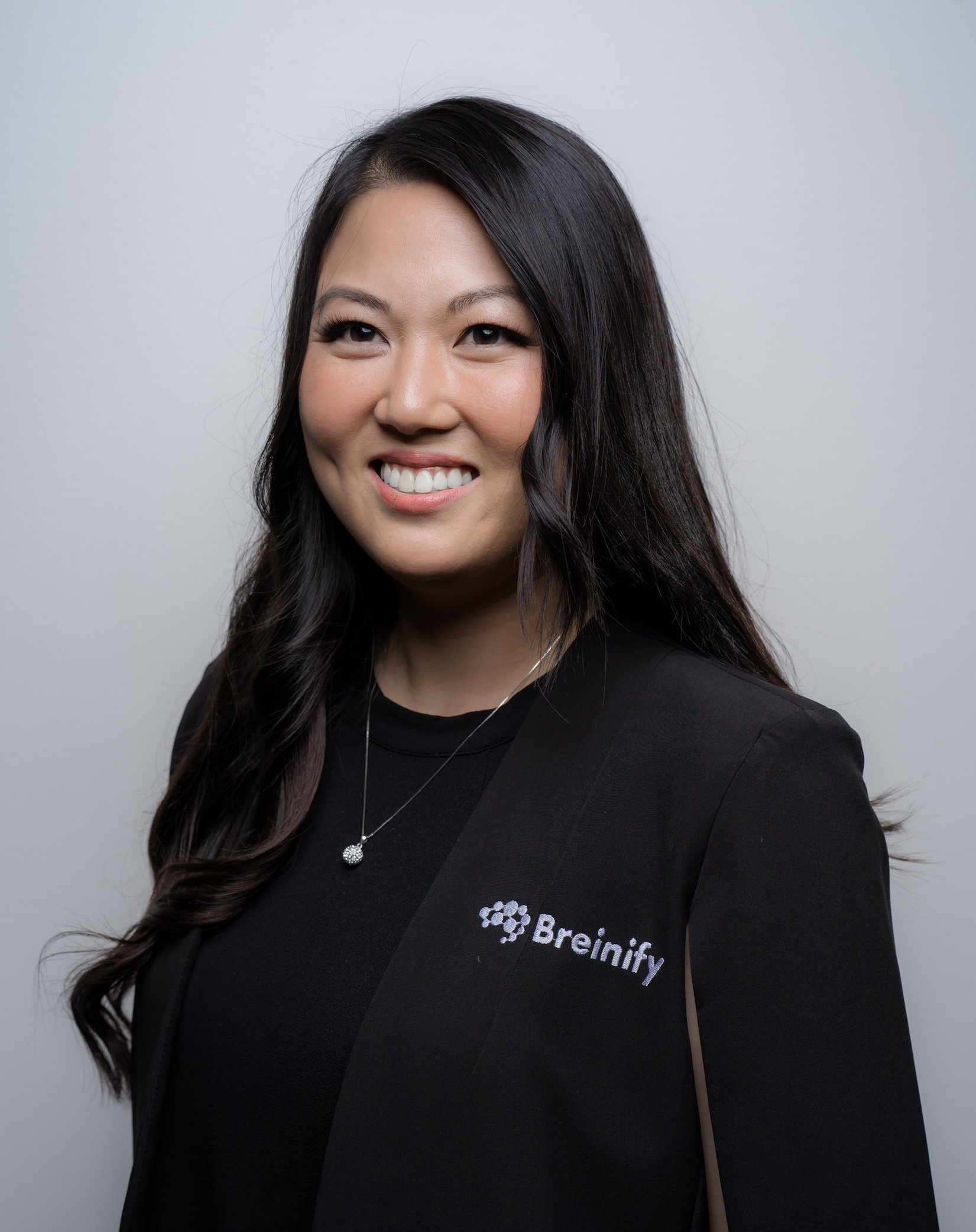Optimize Product Recommendation Timing With New Cadence Feature
Article • December 15, 2021 • Written by: Diane Keng
.jpg)
E-commerce channels are more important than ever for retail and consumer goods brands. With many brands working towards relevant and personalized product recommendations, it’s important to understand what makes a product recommendation good – the kind of recommendation that leads to conversions and drives results for your business.
What if you could predict when consumers will need or want something?
Time-Driven Product Recommendations
Personalization algorithms are fairly complex, but we’re here to break our newest feature down in plain language.
Our new Basket Cadence feature helps marketers leverage data to dynamically personalize product selection for their consumers. By using data that shows how regularly users add products to their basket or cart, checkout, and make repeat purchases of a certain product, you can measure the cadence of their purchase behavior. With that data, you can predict when consumers are most likely to make their next purchase or need to re-stock, and show the right product at exactly the right time – right before they need it.

How the Basket Cadence Module Works
A “cadence” refers to how often users repeatedly add items to their cart and follow through with a purchase. There are two cadence strategies, one of which is automatically selected based on how much data is available.
When you don’t have data on an individual consumer’s purchasing habits, Breinify’s AI uses a general cadence to optimize product recommendations. For example, when a new user visits your site, you don’t have much data at your disposal to start recommending content or products. Once you’ve got the data on a user’s specific purchasing habits, though, you can easily personalize the consumer experience by recommending relevant products when that consumer is most likely to make the purchase.
For example, Michael might purchase hand soap once per month, but Taylor might purchase it once every two months. The individual cadence would be one month for Michael, and two months for Taylor. That means that around four weeks from his last purchase, Michael would likely be ready to purchase hand soap again – a timely product recommendation can make sure that your brand earns his business.
The general cadence, or average purchase cadence for all consumers, would be six weeks. For users that you don’t have much purchase history data for, recommending hand soap purchases to all users six weeks after their last hand soap purchase allows you to automate product recommendations that help these users find what they’re looking for when they’re most likely to be looking for it. Once a new user has made this hand soap purchase a few times, you have enough data for the individual cadence to take effect and provide even more accurately-timed product recommendations. This transition from the general cadence to the individual cadence happens automatically as you collect more data on purchase patterns and behaviors, with no engineering or tweaking required from marketers.
This feature helps marketers:
- Save time: Create truly personalized recommendations without the help of an engineer.
- Go deeper: Curate more meaningful product recommendations by leveraging historical and contextual data to get the right message in front of the right consumer at exactly the right time.
- Drive ROI: At the core of better product recommendations is tangible results for your business. Recommending relevant products when consumers are most likely to make the purchase directly translates to more conversions and revenue.
Putting Cadences to Use
To demonstrate this, let’s take a look at a specific product, like a red wine – for example, a bottle of Petite Sirah.
Once implemented, our Breinify AI learned that this specific wine is generally purchased every four weeks on average, across all of the brand’s consumers.
A frequent user, Jen, loves wine and purchases this every two weeks. Since this is a unique purchase behavior and the repeated purchase data exists for Jen, our AI starts using this data instead of the general product cadence.
A new user, Sally, only bought the wine one time. That means our Breinify AI doesn’t have any information that it can use to determine purchase frequency for Sally, so it uses the general product cadence and recommends this product to Sally every four weeks. With each wine purchase that Sally makes, our AI updates her personal cadence and starts to factor this data into product recommendations as more data becomes available – meaning you can suggest products when Sally is most likely to make that specific purchase.

For example, if she buys the Petite Sirah on November 28, she’s probably not ready to make that purchase again on December 5 – the data shows that she’d be more likely to purchase it around the end of December since that matches the pattern of her previous purchase behavior. And between these dates, our AI may recommend other brands of Petite Sirah or other reds from the same region.
Consumer preferences change over time, which is why Breinify’s AI is so helpful to marketers. Someone who buys wine once a month now may find a new drink they like and only purchase wine once every few months. Another user might find a wine they love, and buy more frequently in the past. Given this change in preferences, our AI factors in more recent purchases more heavily than older purchases to make sure that marketers can provide their consumers with the most relevant product recommendations possible.
Interested in improving product recommendations for your ecommerce site? Get in touch with us to see how Breinify can help!

